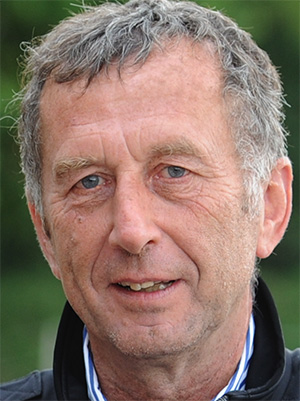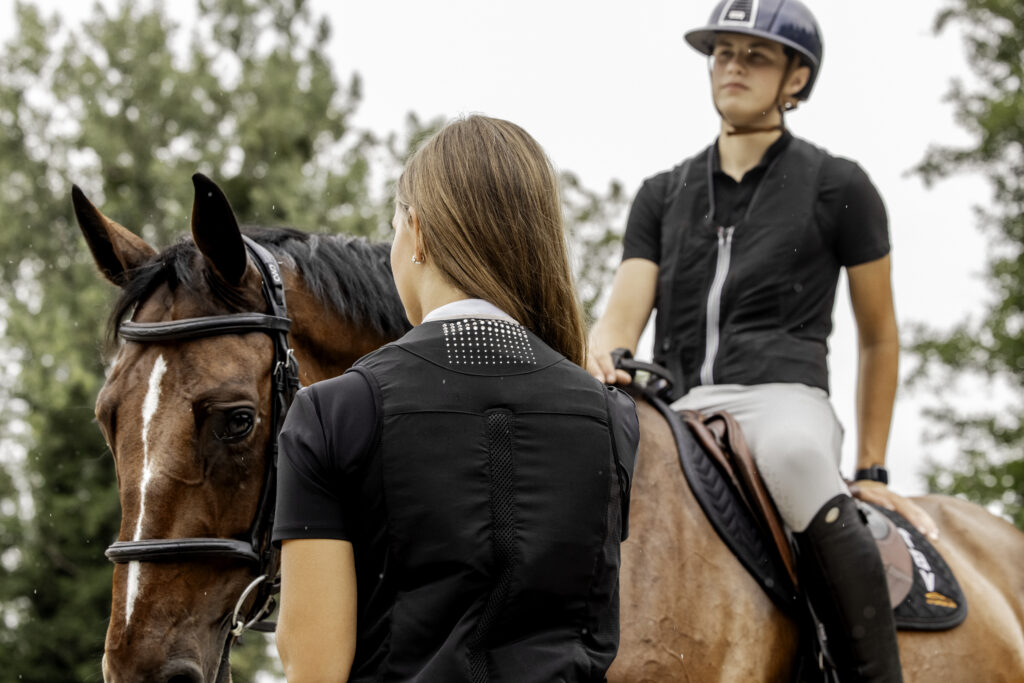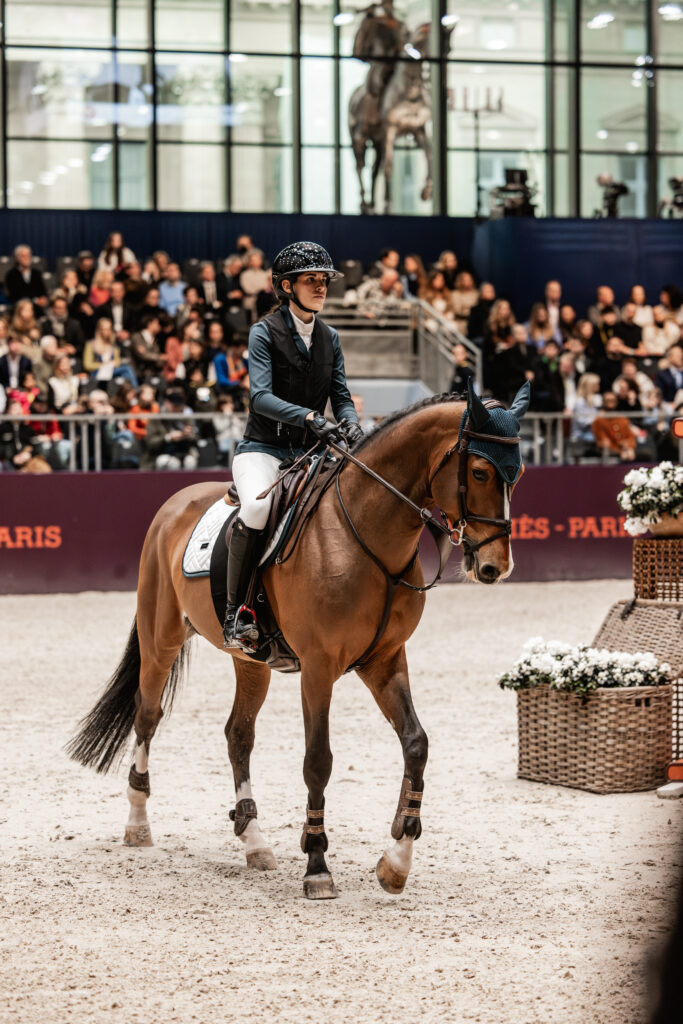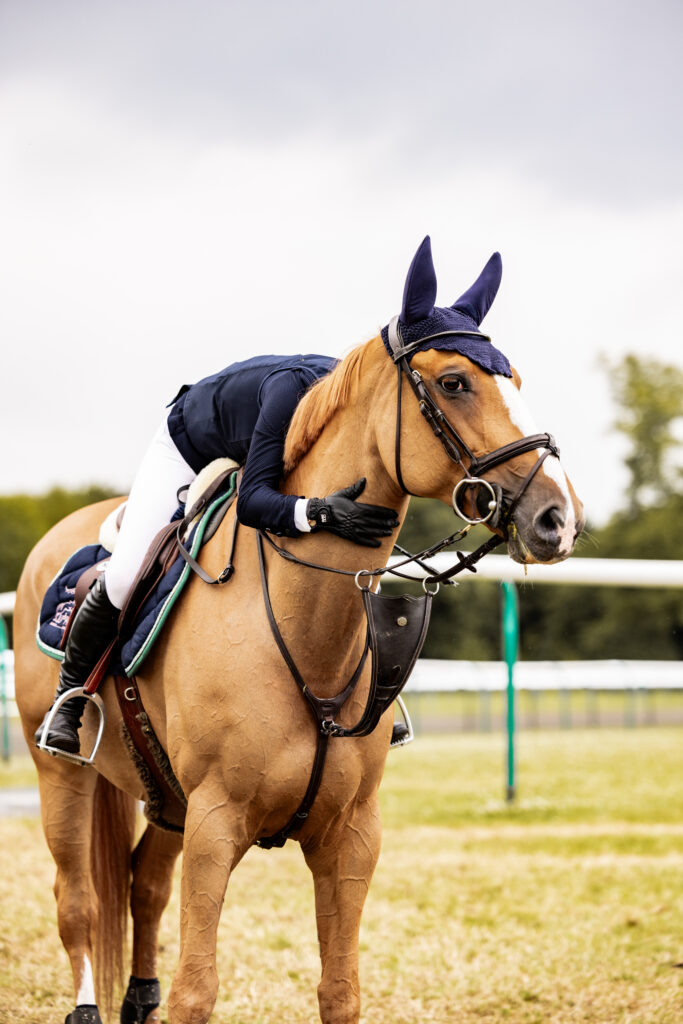Thursday, October 24, 2024
Après une chute, remonter à cheval peut être un véritable défi pour les cavaliers, tant sur le plan physique que mental. La peur peut devenir paralysante et empêcher certains cavaliers de reprendre le chemin des écuries avec sérénité, de retourner en piste voire même, tout simplement, de se remettre en selle. Pour vous aider à surmonter ces obstacles, nous avons recueilli les précieux conseils de Jean-Pierre Tiffon, coach spécialisé dans l’accompagnement des cavaliers après une chute.

1. What are the main mental obstacles and emotions riders face when considering getting back on the horse after a fall?
« Tout dépend de la chute, de ses conséquences sur le cavalier et le cheval. Certains cavaliers auront peur de se faire mal ou de faire mal au cheval. Outre la peur, il y a souvent la colère contre soi, contre son enseignant ou son cheval. Et parfois la honte ou la dévalorisation. »
« La première aide : écouter activement, aider à faire s’exprimer le cavalier. La deuxième aide : respecter ce qui a été vécu sans relativiser ou amplifier ce qui est dit. Le pire : juger. »
Using safety equipment such as Seaver's SAFEFIT can also help reassure the rider, offering reliable and comfortable protection during every training session.
« Si des signes physiques, des problèmes de sommeil, des tensions musculaires, des maux de ventre surviennent, il est recommandé de se faire aider »

Jean-Pierre Tiffon conseille l’approche Tipi, l’auto-hypnose et des temps de méditation :
"Visualization is well suited for visual riders, for internal dialogues, mantras are more suitable."

5. How can riders rebuild their confidence in the saddle after a fall? Do you have any specific exercises or strategies to recommend?
« La meilleure stratégie c’est d’accepter les émotions que l’on a ressenties et de demander à son enseignant d’en tenir compte sans vous materner ni vous secouer. La confiance revient quand, à la fin de chaque entraînement, on est capable d’identifier ce que l’on fait bien et ce que l’on doit encore améliorer »
« Les pensées négatives sont des pensées, et notre cerveau est un grand producteur de pensées. Se concentrer sur ses sensations corporelles peut réduire la place des pensées négatives »
Wearing SAFEFIT can offer extra peace of mind, allowing riders to concentrate on their sensations without worrying about safety.
Jean-Pierre Tiffon recommande d’utiliser la technique SMART pour définir des objectifs adaptés : « L’objectif doit être réaliste, atteignable et dépendre uniquement du cavalier. »
8. What are the benefits of working with a mental coach versus trying to overcome mental challenges alone after a fall?
« Un coach vous aide à prendre du recul et vous évite de vous juger ou de faire comme si de rien n’était. Mais tout dépend du coach, de sa compétence et de son éthique »

Jean-Pierre Tiffon précise : « J’attends d’être en contact direct avec la personne pour recommander telle ou telle approche. Le plus souvent, j’interviens au téléphone : j’ai une bonne oreille et une voix rassurante. »
« Profitez de cet événement ou même de cette épreuve pour apprendre à mieux vous connaître et à reconnaître vos ressources personnelles pour surmonter ces événements. La peur peut être une bonne conseillère pour éviter les risques excessifs et vous aider à découvrir le courage et la persévérance », conclut Jean-Pierre Tiffon.
En concours comme à la maison, porter l’airbag SAFEFIT by Seaver garantit une protection optimale en cas de chute. Mais tout n’est pas toujours si simple et souvent, retrouver confiance à cheval nécessite aussi un accompagnement et un travail sur le mental. Jean-Pierre Tiffon est préparateur mental et il accompagne de nombreux cavaliers pour les aider à ne plus être paralysés par leur peur. Grâce à son écoute et ses conseils sur-mesure, il leur permet de passer au-delà de leur traumatisme et de s’en relever plus forts ! Contactez-le au +33 6 82 56 72 12 ou par mail à tiffon@noos.fr pour bénéficier de son expertise.